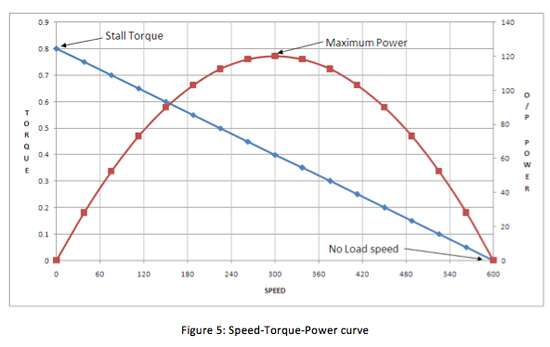Range Estimation for an Electric Vehicle

Range estimation is an important parameter for putting an Electric Vehicle on the road. Certification tests require disclosure of estimated range at different conditions, and more importantly users of the vehicle make daily decisions about their driving based on the amount of range left as calculated by the vehicle itself.
A lot of parameters can be considered to increase the accuracy of range estimation, but it is important to form a starting point.

In the default configuration above, using the formula we get a runtime of 0.6 hours for a 100kWh battery connected to a 100kW motor. Here are some things to note here
The first question may arise, 100kWh pack, connected to a 100kW motor; shouldn't that run for 1 hour? You need to take into account motor and transmission efficiency, which means that all the energy from your battery pack doesn't make it to the motor, some of it gets lost along the way, mostly as heat.
Another thing to note is that the calculation for runtime is done for maximum motor power output. For example, the graph below shows the power curve for a BLDC motor with maximum power achieved around 300 RPM. So while the runtime at max power output number gives us an estimate of the least amount of time the vehicle will operate, the actual runtime will likely be more than that.

One thing that we haven't considered in the equation above is auxiliary power. This is the power that is consumed by the auxiliary loads on the battery including the air conditioning, instrument clusters, dashboard electronics, headlights, and much more. Depending on the type of vehicle, these loads could be considerable.
So far we've talked about runtime estimation, the next step is range estimation in kilometres or miles. To get an accurate range estimation many things need to be considered. Some of these are the battery SOC, the voltage ranges of the cells in the battery pack, motor power draw, auxiliary load power draw, temperature, wheel diameter and power transfer efficiency.
The procedure of range estimation is a detailed one involving many factors, but to get a sense of how range is affected by some of these parameters, here is a calculator from Jaguar to calculate the range of its I-Pace electric car. Try and change the parameters like temperature and see what happens to the overall range!

While this article gives a good primer on runtime and range estimation for EVs, for a more detailed understanding, we recommend checking out some of our courses on Electric Vehicles.
Get started with our free 10 day course on batteries delivered straight to your email inbox!

